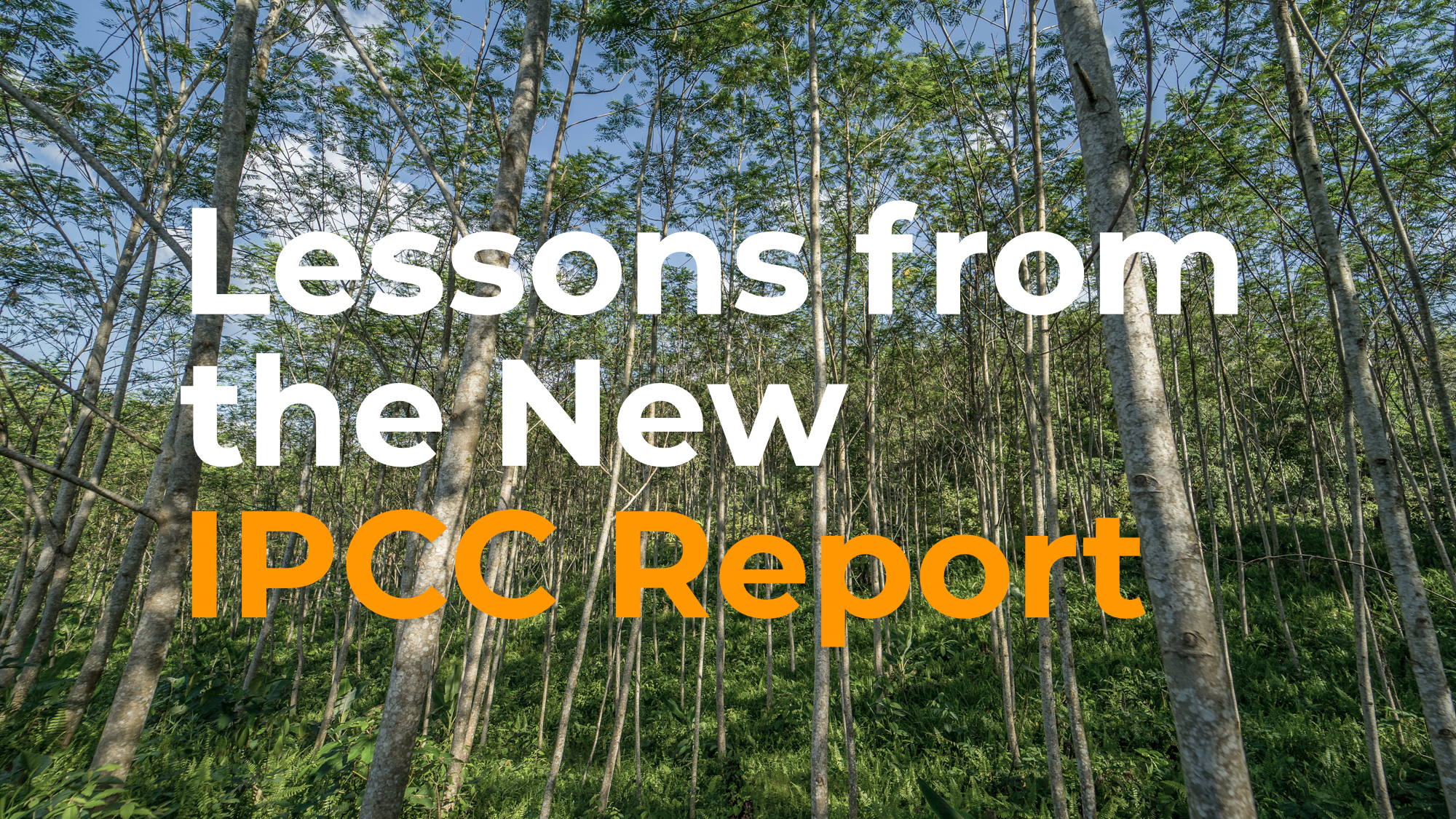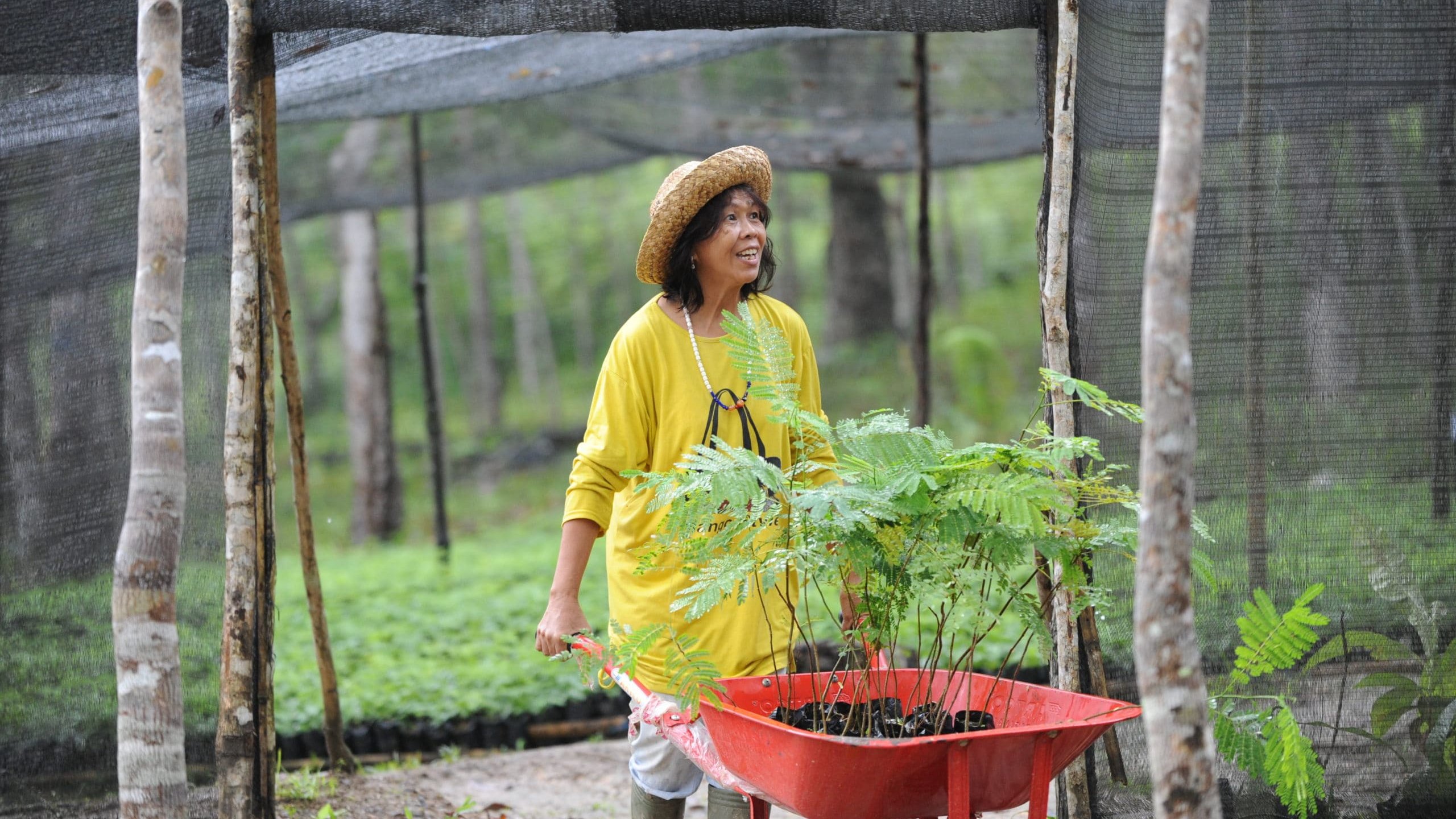
Overshadowed by the terrible events in Ukraine, the Intergovernmental Panel on Climate Change (IPCC) published a new report last week. In the 3675-page paper, the scientists warn of the dramatic effects of global warming – and outline approaches to avert the climate catastrophe after all.
Since 1988, climate experts from all over the world have been producing assessment reports at regular intervals on behalf of the United Nations. The latest report of the Intergovernmental Panel on Climate Change (IPCC) marks the end of the panel’s sixth observation period. It is the second publication of the sixth Assessment Report (AR6).
It follows the first part of AR6, published last August, which focused on the science behind climate change. This time, researchers emphasized the consequences of the climate catastrophe for us humans and our planet. Or, as IPCC Chairman Hoesung Lee put it: “This report is a dire warning about the consequences of inaction”.
But how bad could it get? And what do we need to do about it now?
Time is running out
Current developments, from the melting of the polar ice caps to the destruction of coral reefs, confirm the worst predictions made in earlier studies. 40% of the world’s population is at high risk from the effects of climate change. Certain regions of the world, not exclusively but especially in Africa, could become uninhabitable. And time is running out.
That’s why there is no alternative to reducing global emissions by 45% until 2030 and becoming carbon-neutral by 2050. The report calls on the G20 governments to make good on their promises and accelerate the energy transition to a renewable energy future. The authors call fossil fuels a “dead end for our planet, for humanity, and yes, for economies.”
Adaptation is important – but there are limits to it
But regardless of how well we succeed in reducing emissions of climate-damaging gases, a certain increase in the global climate will be unavoidable. And the consequences of the climate catastrophe are already being clearly felt today.
Heat waves, droughts and floods are pushing many animal and plant species to their absolute limits and beyond, resulting in mass species extinctions, e.g. of trees and corals. 3.5 billion people worldwide have no choice but to adapt to extreme weather phenomena or shortages of water and food. Such adaptation to climate change can be achieved, for example, by building harbor dams, or enhancing biodiversity by growing different species of trees and plants.
In their report, the researchers emphasize the interdependence between climate, biodiversity and people and, more strongly than ever before, include social and economic considerations in their judgment.
They make clear that people in economically weaker communities are often particularly hard hit by the effects of climate catastrophe. At the same time, these people are the least prepared for its consequences. There are regions where people could still effectively protect themselves against “soft” adaptation limits, such as rising temperatures and extreme weather events. According to the IPCC, however, they simply lack the means to do so.
In addition to investing in the energy transition and achieving the set CO₂ targets, we therefore need to support communities and people who are particularly vulnerable to the consequences described above – including smallholder farmers, or communities in low-lying coastal regions. If these people are abandoned, crop failures or destroyed infrastructure will further fuel suffering and poverty. But if we strengthen them through investment, with money, technology and education, regions affected by soft limits could flourish.
Of course, there are boundaries to human adaptability. If global warming increases significantly further, soft limits will turn into “hard” ones, causing irreversible changes to our ecosystem from which we can no longer protect ourselves. For example, rising sea levels have already caused at least five islands in the Pacific Ocean to sink, and many more are threatened by the same fate.
Adaptation needs climate justice
If we talk about adaptation, we also have to talk about a fundamental question of justice: Who pays the bill for climate catastrophe?
The IPCC notes that the people who emit the least polluting gases suffer the most from the consequences of climate change. At the same time, industrialized countries, whose prosperity is largely based on burning fossil fuels, have the financial means to protect and insulate themselves. Some of the world’s richest nations still deny their responsibility for climate change – let alone pay for repairs or provide other forms of support.
The World Climate Conference in Glasgow has shown that financing is a fundamental problem in adapting to climate change. New negotiations are on the agenda for the next meeting in Egypt later this year. Only if we establish real climate justice, involve people on the ground in all measures, guarantee stable democracies and a secure food supply, can we meet humanity’s greatest challenge.
“The truth is that nature can be our savior – but only if we save it first.”
In summary, the IPCC’s message is clear: Our window of opportunity to act is closing in the current decade. Only if we succeed in significantly reducing emissions while averting avoidable disasters by investing in adaptation can we be successful.
This is not just a matter of undirected financial injections, but also of investments in education, healthcare systems – and in our natural environment. Inger Anderson, Chair of the UN Environment Program, is sure: “Nature can be our savior – but only if we save it first.”
